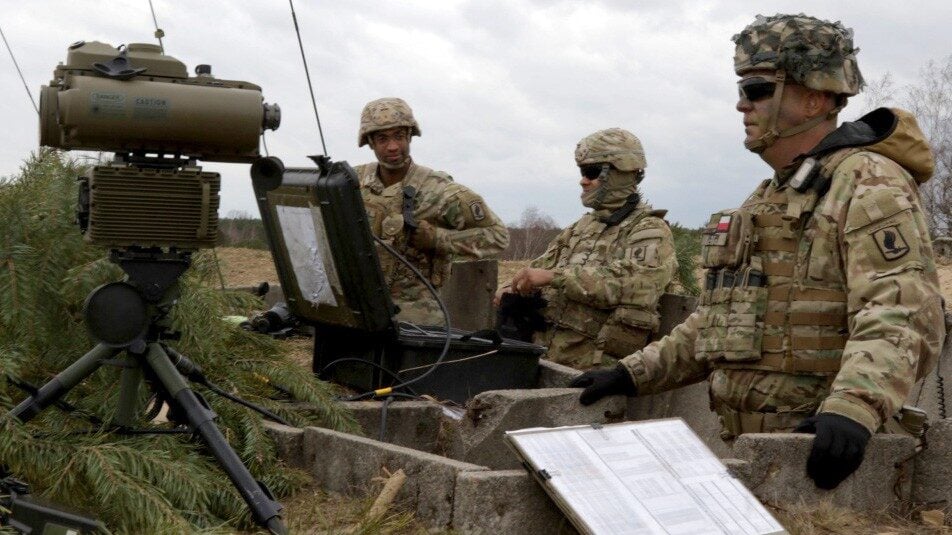
The Army’s TITAN ground station will link ISR sensors based in space, on land and in the air. (Spc. Christina Westover/Army)
WASHINGTON — The Army will begin testing prototypes of its Tactical Intelligence Targeting Access Node (TITAN) and is incorporating soldier feedback into its design as it gets closer to selecting a prime vendor later this year, the service’s program executive officer responsible for the effort said today.
“Through the summer we will go through a developmental test of the prototypes, running three real world scenarios leveraging both manned ISR [intelligence, surveillance and reconnaissance], overhead ISR and ground-based ISR, leveraging joint service technologies, in order to build confidence that we’re selecting the right prototype to move forward into a production situation for our TITAN capability,” Mark Kitz, PEO for intelligence, electronic warfare and sensors, said at a C4ISRNET conference.
TITAN is the service’s ground station meant to process data from space- and land-based “sensors” using artificial intelligence, which will then be sent off to the right “shooter,” the core concept for the Pentagon’s Joint All Domain Command and Control initiative.
Palantir and Raytheon in 2021 were awarded initial contracts worth $8.5 million for the first year-long phase of the program, which consisted of system design and software development. Then, last year, the companies received $36 million each for the next 14-month phase to build prototypes of their designs. But by the fourth quarter of this fiscal year, the Army plans on choosing only one to pursue, after incorporating feedback from soldiers testing the prototypes out at Hunter Army Airfield in Savannah, Ga.
“And so we’re actually leveraging soldier input in how we’re going to define the future of that capability and how we’re going to go through a contractual downselect to get after the capability that will define the future of our Army. And so we’re really excited to have soldiers involved in that,” Kitz said.
He added that the Army also has built what it calls a “pre-TITAN prototype,” a space-based capability, for its 1st Multi-Domain Task Force.
“That recently deployed with the first MDTF out to the Philippines and is actually helping support first MDTF in their operations in INDOPACOM,” he said. “So we’re seeing a lot of progress in the TITAN program. However, a lot of work to be done as we get to sort of this summer, getting through this developmental test environment and building our the first real prototypes of TITAN.”
During last year’s Project Convergence experiments, the Army tested the pre-TITAN prototypes’ ability to relay images from satellites to commanders and weapon systems, to specifically test space links. Information taken from that pre-prototype at Project Convergence was meant to inform the TITAN program as it progresses.
That prototype was built by Northrop Grumman, who won an other transaction authority to build two pre-prototypes for the Army’s Tactical Exploitation of National Capabilities office and the Defense Innovation Unit.








